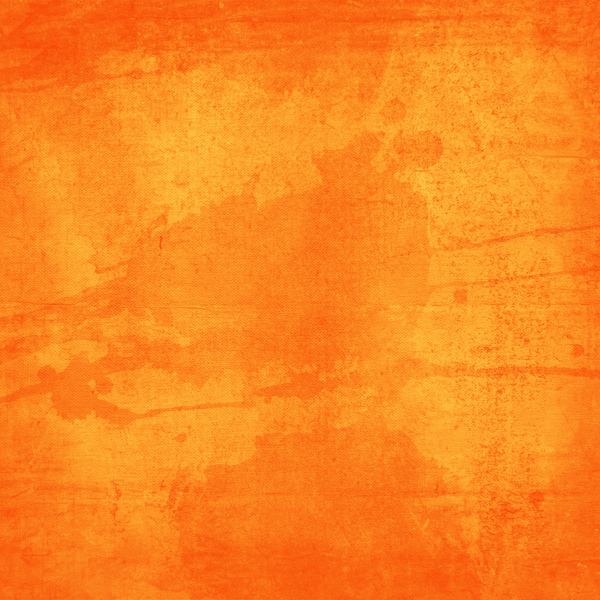Champagne, with its effervescence and elegance, has long been synonymous with celebrations, milestones, and particular moments. Known as the "drink of kings" and
gmZeventS.CA the final word symbol of luxurious and indulgence, champagne transcends time and tradition, fascinating hearts and palates around the globe. In this text, we'll explore the attract and mystique of bubbly champagne, from its wealthy historical past and production methods to its various styles and serving suggestions.
1. A Brief History of Champagne
 Champagne, named after the
Champagne, named after the Champagne area of France where it is produced, has a storied historical past courting back centuries. Legend has it that Dom Pérignon, a Benedictine monk, found the tactic for making sparkling wine in the seventeenth century. Initially, champagne was considered a faulty wine because of its effervescence, but over time, it gained recognition among the French aristocracy and European royalty, changing into an emblem of extravagance and celebration.
2. The Art of Champagne Production
Champagne production is a meticulous course of that includes particular grape varieties, winemaking techniques, and getting older necessities. The primary grapes utilized in champagne manufacturing are Chardonnay, Pinot Noir, and Pinot Meunier, every contributing to the wine's flavor profile and complexity. The conventional methodology, known as méthode champenoise or méthode traditionnelle, entails a secondary fermentation in the bottle, which creates the bubbles that give champagne its characteristic fizz and sparkle.
3. Styles of ChampagneChampagne comes in varied types to suit different preferences and occasions. Brut champagne is the commonest type, characterized by its dryness and crisp acidity, making it versatile for pairing with a variety of meals. Rosé champagne, made by including a small amount of red wine to the blend, provides vibrant shade and fruity flavors, whereas Blanc de Blancs champagne is made completely from Chardonnay grapes, resulting in a lighter and extra delicate profile. Other styles embody vintage champagne, which is made from grapes harvested in a single exceptional 12 months, and status cuvées, that are the top-tier offerings from champagne houses.
four. Serving and Enjoying Champagne
To absolutely respect the complexity and effervescence of champagne, it is important to serve it at the appropriate temperature and in the applicable glassware. Champagne must be chilled to round 45-50°F (7-10°C) before serving to boost its flavors and aromas without numbing the palate. Flute glasses or tulip-shaped glasses are best for champagne, as they help protect the bubbles and concentrate the aromas, permitting for a extra gratifying tasting expertise.
5. Pairing Champagne with Food
Champagne's versatility makes it a wonderful pairing for a extensive variety of foods, from seafood and sushi to poultry and cheese. Its high acidity and effervescence assist cleanse the palate and cut by way of wealthy and fatty dishes, making it an ideal companion for creamy sauces, fried foods, and decadent desserts. Experiment with completely different flavor mixtures to discover the perfect pairing that enhances the distinctive characteristics of your favourite champagne.
6. Conclusion
Bubbly champagne holds a particular place within the hearts of wine lovers and revelers alike, serving as a timeless image of joy, celebration, and togetherness. Whether it's a wedding toast, a New Year's Eve celebration, or an off-the-cuff brunch with friends, champagne adds a contact of magic and sparkle to each event, leaving an enduring impression and creating cherished memories for years to come.
Raise a glass to the enchanting world of bubbly champagne, and savor each sip of this glowing elixir of celebration.